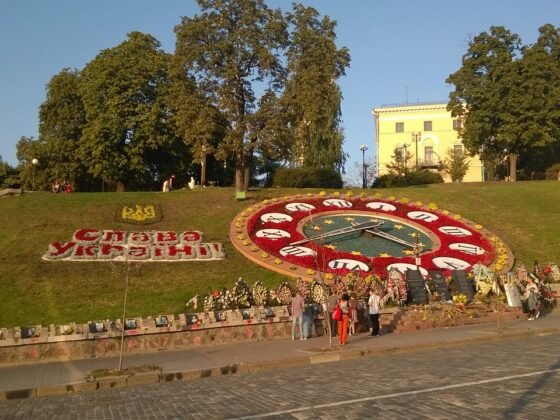(Financial Times) A newly renovated hall in the largest museum in Urumqi, the capital city of the Xinjiang region in China, hosts an installation that makes little sense for a family outing: “The exhibition on major violent terrorist attacks in Xinjiang.” Opened in February, the well-lit room is filled with grisly details blamed on murky “terrorist” organisations. Ancient firearms, rusting gas canisters and “home-made grenades” fill glass display cases.
The exhibit is part of the ruling Chinese Communist party’s propaganda campaign to justify a mass internment programme of more than 1m Uighurs, Kazakhs and other Muslim-majority peoples in the region. Diplomats and journalists on closely managed government tours to Xinjiang inevitably visit.
For nearly two decades, China has sought to cast harsh security measures in the region as part of a battle against “terrorist” aggressors driven by extremist ideology. In the face of growing western condemnation of its “re-education” camps, Beijing has doubled down on this narrative. But the assertion that violence in Xinjiang is the work of international terror groups has little factual basis, according to the careful tracing of China’s claims by Sean Roberts, an anthropologist at George Washington University’s Elliott School of International Affairs. […]
Read More © Financial Times











